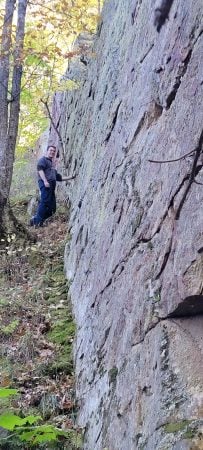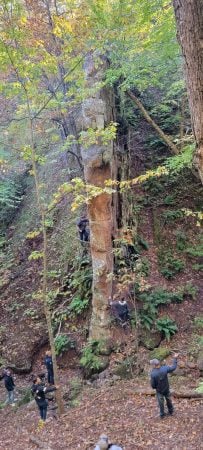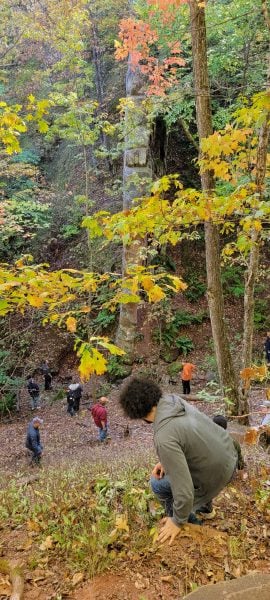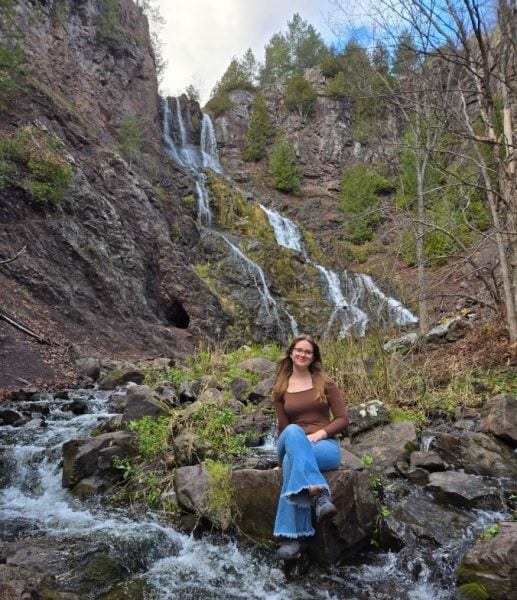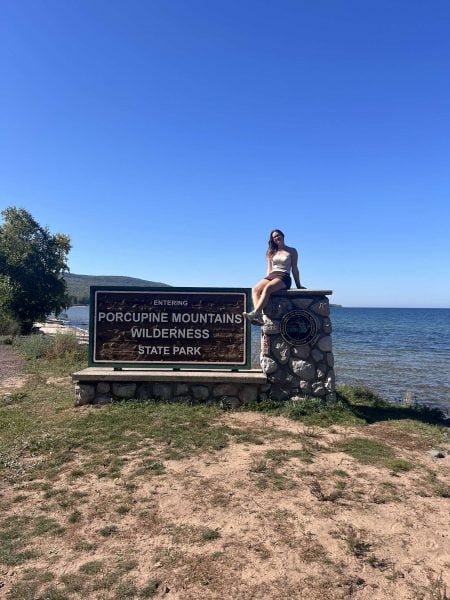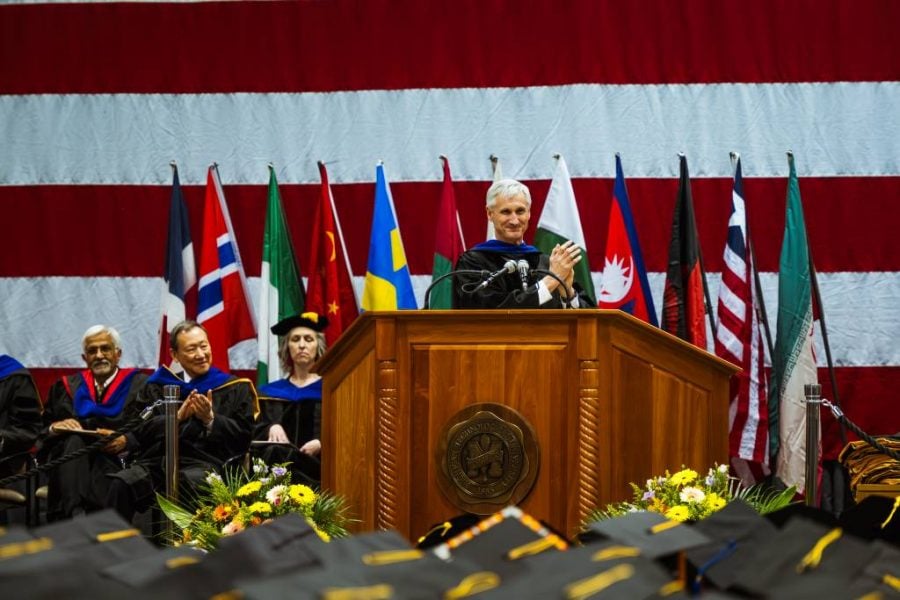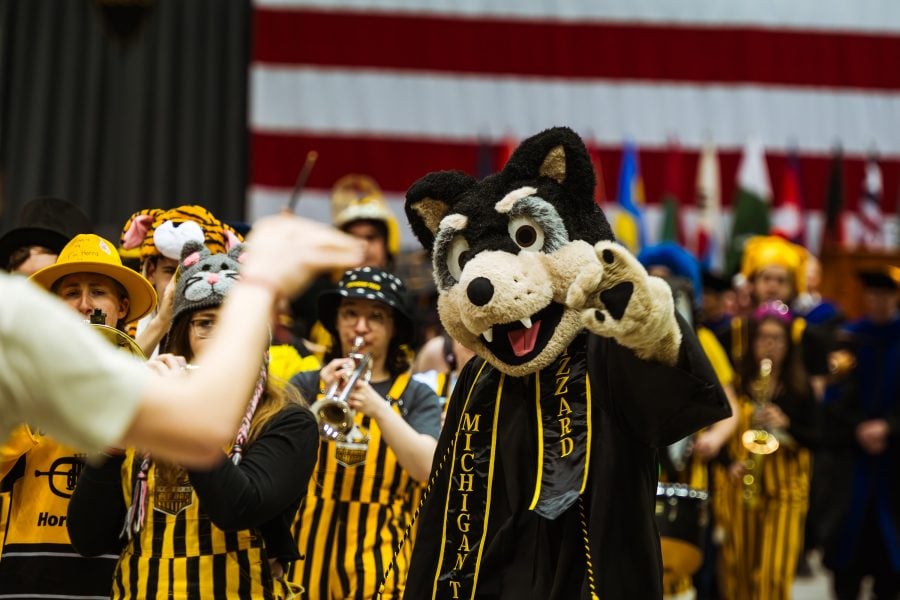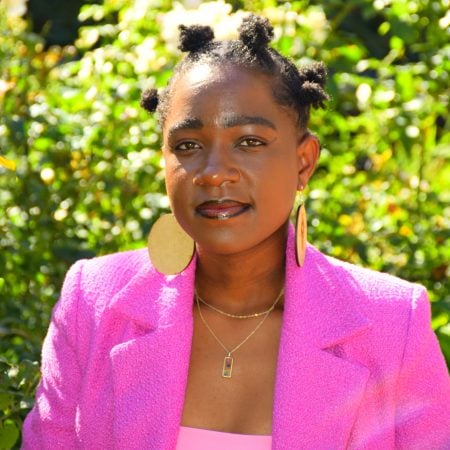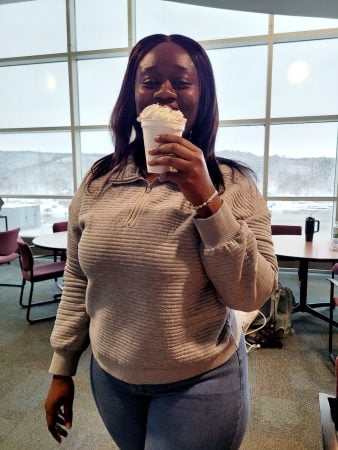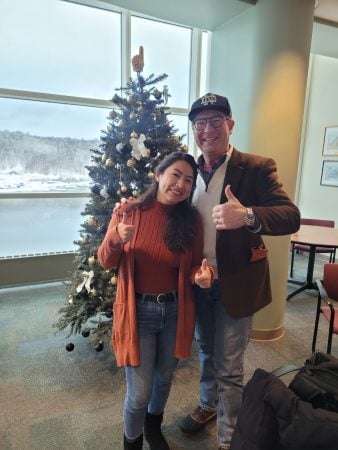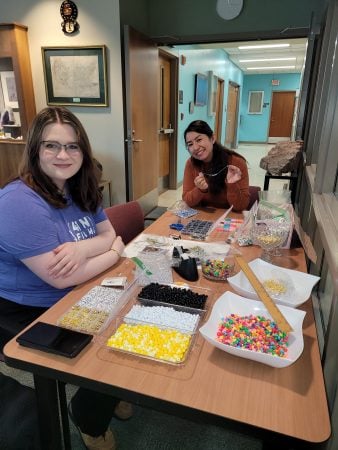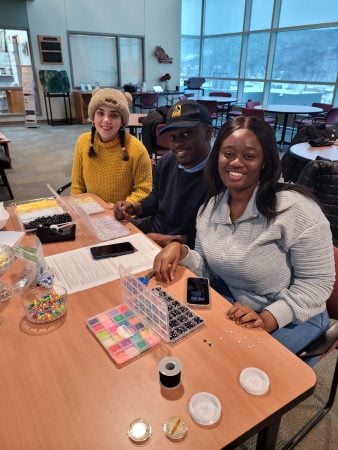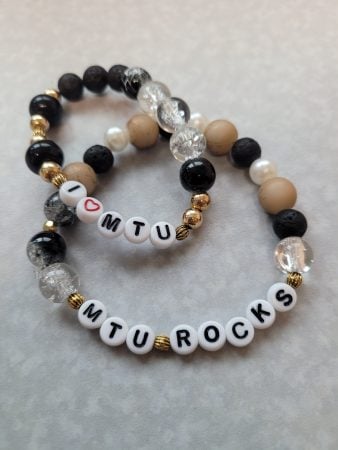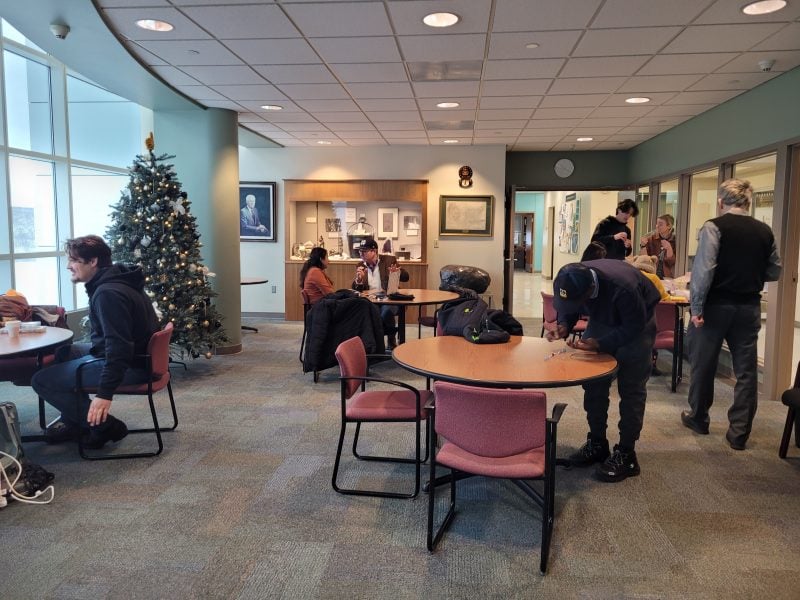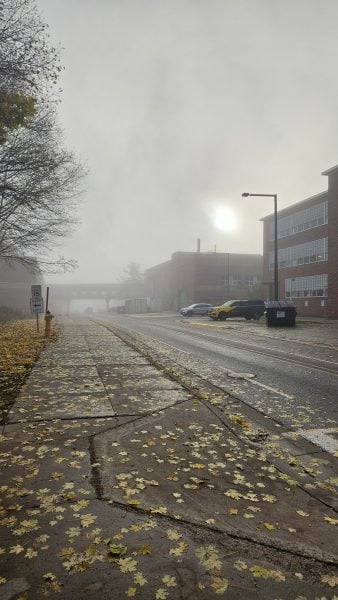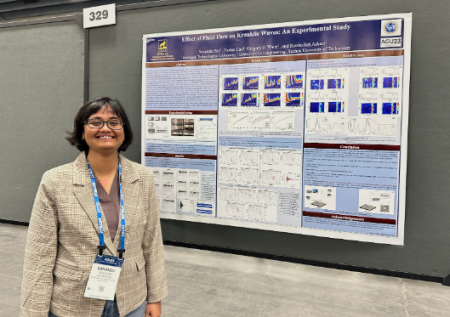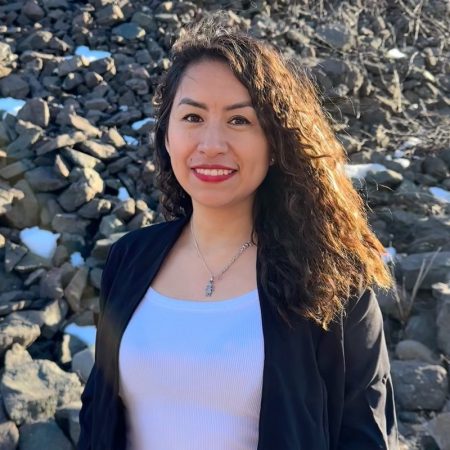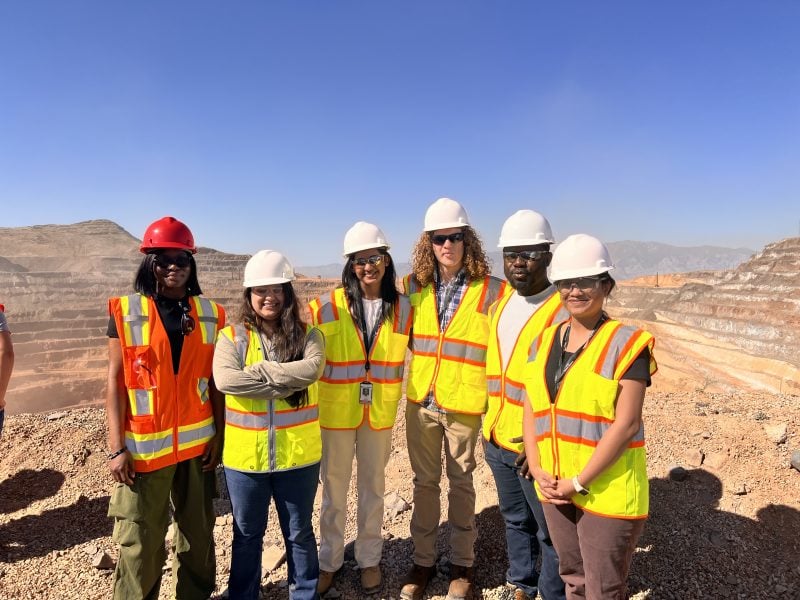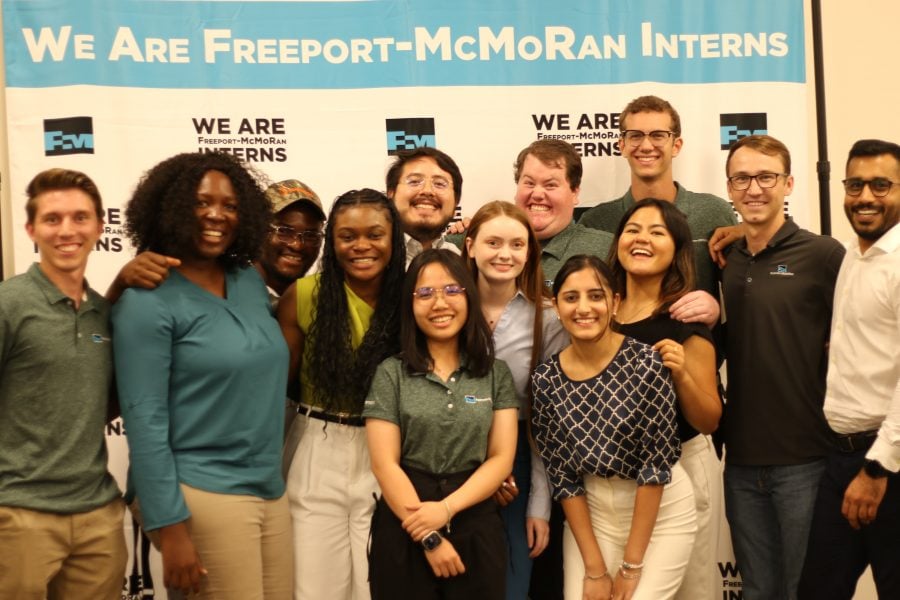Meet Milena Sremba, BS Geology 2028
Hometown: Hudsonville, MI
Discover how the HSAG program fast-tracked Milena’s geology career at MTU, offering advanced courses and research opportunities – learn from her journey and get inspired!
Q: How did HSAG impact your decision to study geosciences or engineering?
A: I have known for a long time that I wanted to pursue a science degree, but the HSAG course truly helped me realize that my passion is geology.
Q: Why MTU?
A: Not many colleges offer geology as a major; if they do, the department isn’t great. MTU has a fantastic department and physical geology around campus to immerse myself.
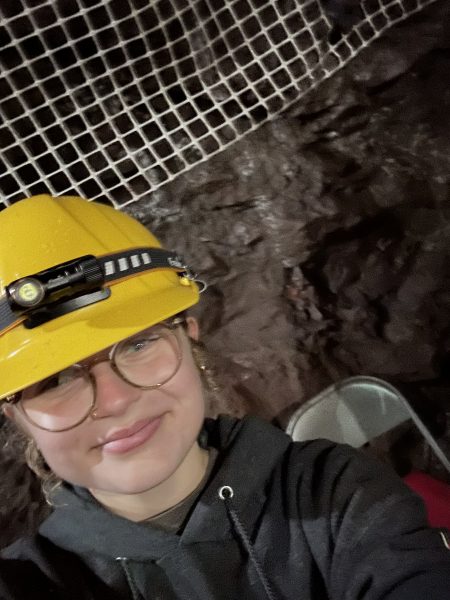
Q: How did HSAG help you succeed at MTU?
A: Taking the HSAG courses accelerated my studies in the geoscience department at MTU. I also took advanced chemistry, placing me in the second year of geology courses.
Q: What is the best advice to give a current HSAG student?
A: Put in the work now, as it pays off a lot in the future.
Q: If Current: What do you like best about GMES?
A: I love how the professors excel in their topic. I also love how, even if you’re a freshman, you still have an opportunity to get involved in research.
Q: What’s a standout story or lesson you’ve gained during your journey with GMES?
A: So many different people come together in the GMES department, but we are all united by our love for geology.


